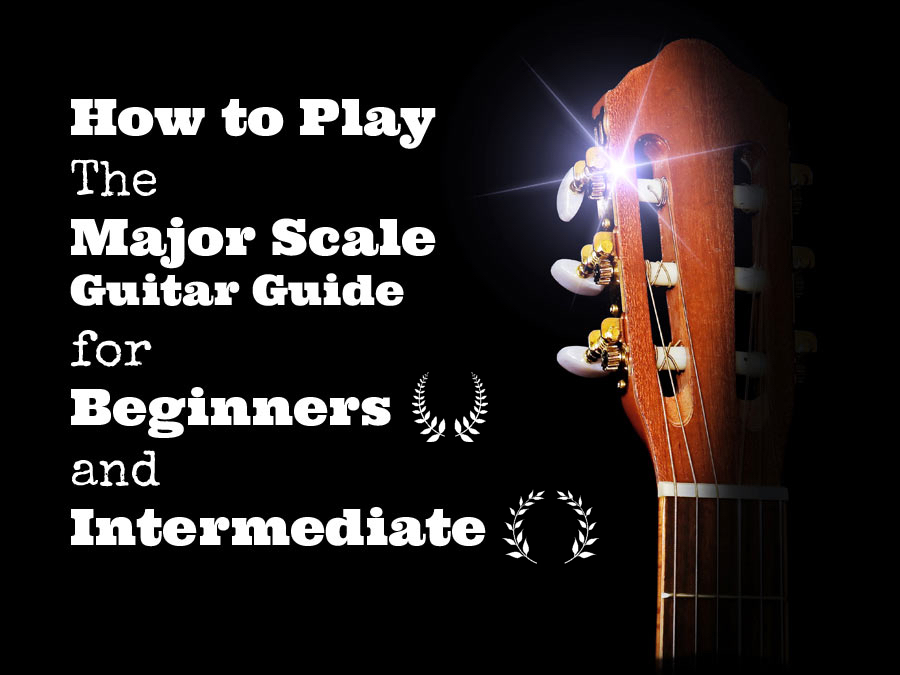
The major scale is often called the MOTHER OF ALL SCALES, because all other scales, modes, intervals, chords and harmony in western music can be derived from it. It’s your main reference for all things making music.
If you want to makes sense of what you are actually playing and learn to understand, analyze, create, and be able to play any chord, progression, solo, song or anything else that involves your guitar playing you need to know the major scale. It’s equally valuable for the rhythm guitar player and lead guitar player.
The major scale is also a perfect warming up and dexterity exercise to start your guitar practice with. Two for the price of one.
MAJOR SCALE SOUND
We all know the famous “Do, re, mi, fa, so, la, ti, do” melody you learned in preschool. This is the actually the major scale we are talking about here. And it’s important that you know what it sounds like, recognize it, and know how to sing it along.
MAJOR SCALE CONSTRUCTION
The major scale contains 7 notes starting with the root note (1) and the scale is followed by the octave of the root note: 1(root) 2 3 4 5 6 7 + 8 (8 is the octave and is the same note as the root, only an octave higher, so 8 equals 1). Every other western scale, chord or progression formula is compared to and can be derived from the numbering system of the major scale: 1 2 3 4 5 6 7
WHOLE HALF NOTE SCALE FORMULA
To form a major scale on a single string we use the Whole-Half step formula: “W-W-H-W-W-W-H”, where “W” = Whole step (2 frets) and “H” = Half step (1 fret). So going one fret up the neck is a half step, and going up two frets equals a whole step. You can construct a major scale on any note, and on any string using this formula.
For example: Let’s start on a G-note (Low E-string/6th string, 3rd fret), now go up a whole step to an A (note), then up a whole step to B, up a half step to C, up a whole step to D, a whole step to E, a whole step to F# and finally up a half step to G. So the notes of the G major scale are: G A B C D E F# G ( 1 2 3 4 5 6 7 8/1).

Learn the Guitar Fingerboard Thoroughly in 16 Days
OPEN G MAJOR SCALE
An open major scale means you are playing a major scale that also uses open strings. It’s the perfect scale for beginners, but also the intermediate player has to have this one memorized. See TABS below.